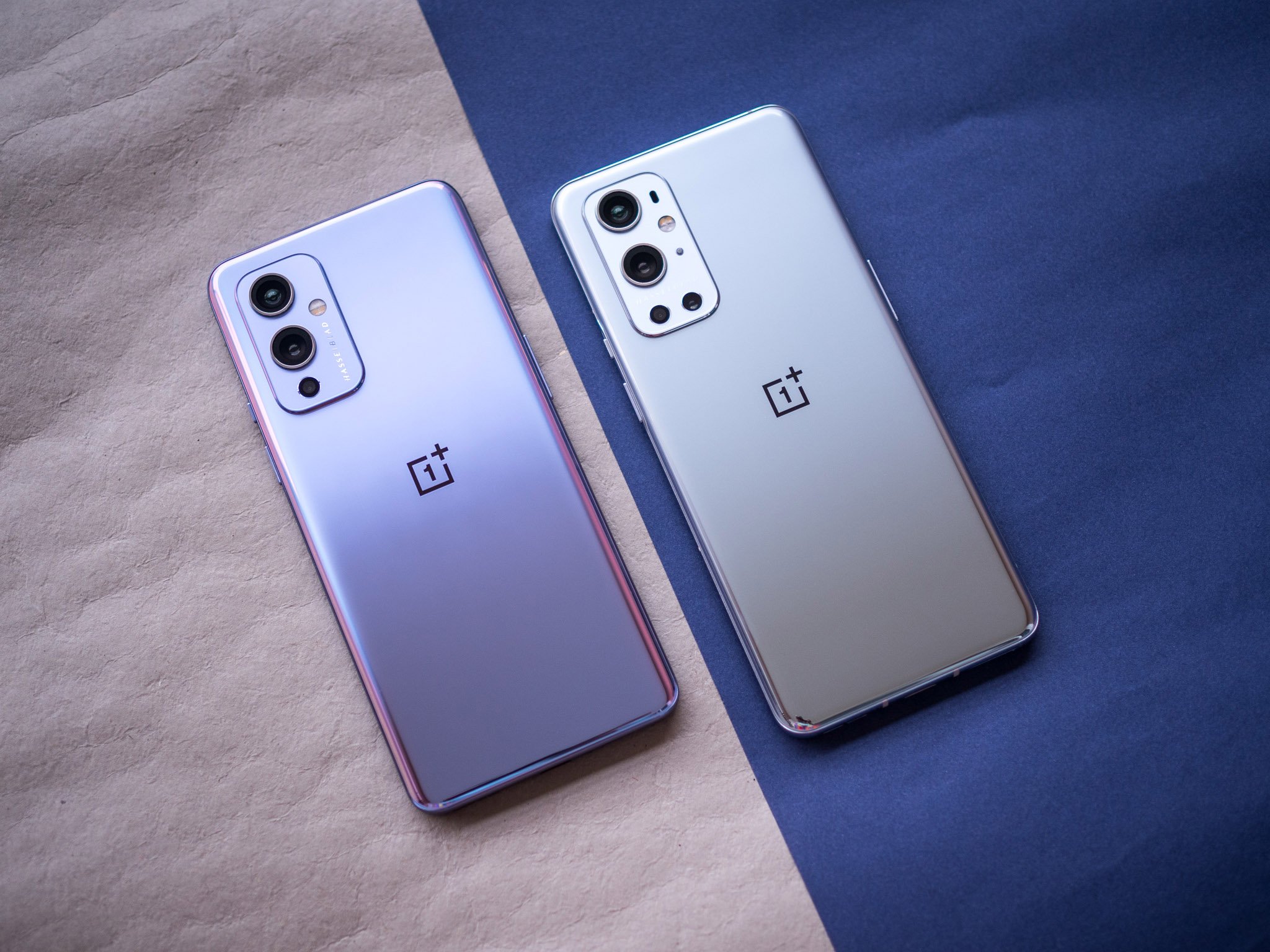OnePlus says it's intentionally slowing down performance to provide better battery life
What you need to know
- OnePlus has been accused of throttling some of the most popular Android apps.
- The OnePlus 9 and 9 Pro have been removed from Geekbench charts.
- OnePlus confirms the reason is to improve battery life and heat management.
On Tuesday, a report by Anandtech was published suggesting that a number if Android apps were underperforming on the OnePlus 9 and OnePlus 9 pro. App performance for Google Chrome was much lower than what has been found on other of the best Android phones. But it was also discovered that this app throttling was not limited to just one or two apps, and instead affects hundreds of popular apps.
In the report, it was found that when using traditional benchmarking apps like Geekbench, there was no discernible difference. However, using browser benchmarks like Speedometer 2.0, the OnePlus 9 and 9 Pro suffered scores much lower than devices like the Galaxy S21, powered by the same processor. Instead of making use of the Qualcomm Snapdragon 888's most powerful processing cores, the affected apps were relegated to using cores with much less power.
After the report appeared, Geekbench announced that it would be removing both the OnePlus 9 and 9 Pro from its Android Benchmark chart. This was done due to concerns over benchmark manipulation, which is not anything that is new for Android devices. However, Geekbench is also planning to investigate the problem further to see if it extends to the rest of the best OnePlus phones.
Since then, all was quiet on the OnePlus front, until Mishaal Rahman of XDA Developers received a statement from OnePlus explaining the reasoning. This is the statement that was provided to Mishaal and others:
Our top priority is always delivering a great user experience with our products, based in part on acting quickly on important user feedback. Following the launch of the OnePlus 9 and 9 Pro in March, some users told us about some areas where we could improve the devices' battery life and heat management. As a result of this feedback, our R&D team has been working over the past few months to optimize the devices' performance when using many of the most popular apps, including Chrome, by matching the app's processor requirements with the most appropriate power. This has helped to provide a smooth experience while reducing power consumption. While this may impact the devices' performance in some benchmarking apps, our focus as always is to do what we can to improve the performance of the device for our users.
To sum it up, OnePlus has been intentionally throttling the performance of popular applications in an effort to improve battery life and heat management. It's unclear when OnePlus released the update for OxygenOS that included the performance throttling. But in our review of the 9 Pro, we found that battery life simply didn't compete with the likes of other Android phones, even those from last year like the OnePlus 8 Pro.
There's a chance that the update arrived in May, as reports of the OnePlus 9 Pro overheating began surfacing in April. In those instances, it was found that OnePlus 9 Pro users were getting an overheating warning when using the camera app for certain periods of time. In fact, the same issue arose in our review of the 9 Pro, as noted by Harish Jonnalagadda:
The OnePlus 9 Pro overheated when I was setting up the phone, and it got to a point where I wasn't able to launch the camera and the chipset automatically throttled to control the heat. Thankfully, this wasn't a problem following the initial setup, but the last time I ran into this particular issue was on a Sony Xperia Z five years ago.
So what does this mean moving forward? Well, we don't know just yet. We aren't sure as to whether OnePlus will reverse its course in some capacity, or if this app throttling is just something that OnePlus 9 owners will have to "deal" with. It will be interesting to see how everything plays out, and what's to come in this regard when the Oppo integration begins for future OxygenOS updates.

Tidak ada komentar:
Posting Komentar